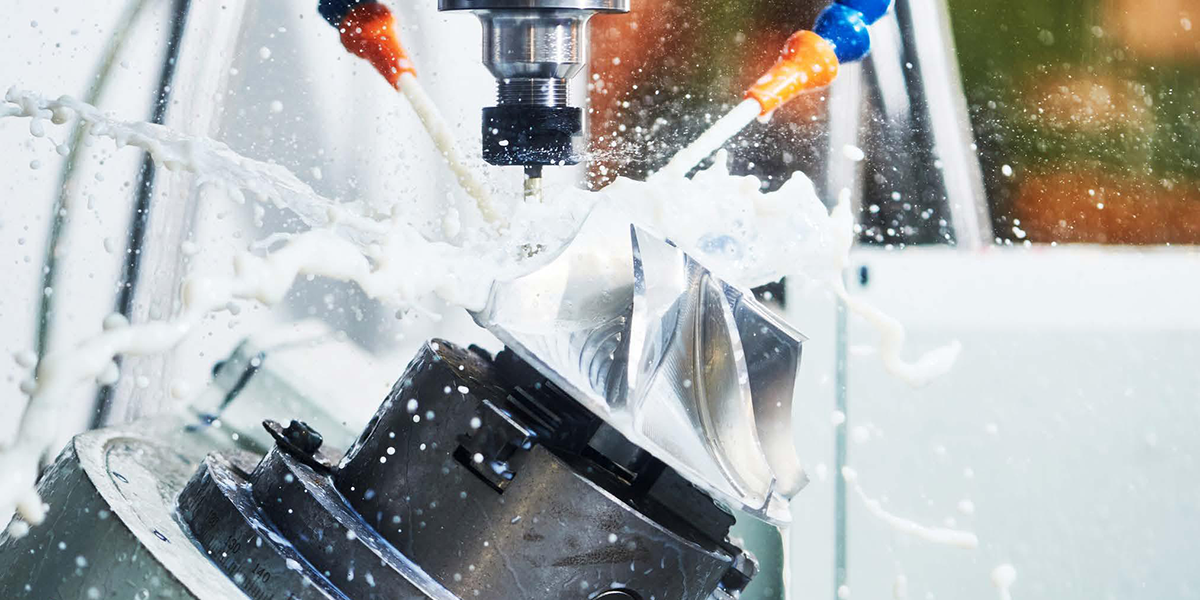We often hear talking about centrifugal filter for oil mists, but what is it and how does it work?
The centrifugal filter uses an impeller to spin oil mists, effectively separating air from oil. The recovered oil can then be reintroduced into the production cycle or disposed of. However, centrifugal filters are not only used to separate oil from air: they are also employed with other fluids, such as coolants. For this reason, different models are available on the market, though they all share the same working principle.
These mechanisms exploit the centrifugal force and specifically acceleration to separate bodies of different densities.
Operating mechanism of the centrifugal filter
How does a centrifugal filter implement the principles discussed in the previous paragraph? In the next few lines we will explain how the structure of these systems manages to separate two components of different densities.
- First, the air and the oil mists are conveyed inside the centrifugal filter passing through an inlet port equipped with a filtering net to prevent the passage of solid particles.
- Thanks to a conical diffuser, the particles will be evenly distributed inside the impeller
- Here they will be centrifuged at a high speed and, thanks to the impeller and the vanes, these mists will be pushed towards the external filter panels.
- Crossing the panels, the particles will undergo the coalescence effect becoming droplets, subsequently drained outwards by a special drain pipe and recovered.
- The purified air will instead be directed towards the upper part of the centrifugal filter where, possibly, before being released back into the environment, it will be treated with a final cartridge or with an electrostatic filter.
In short, in light of what has been explained, it is easy to understand how the use of centrifugal filters represents the most suitable choice for the purification and removal of oil mists produced by production lines.



